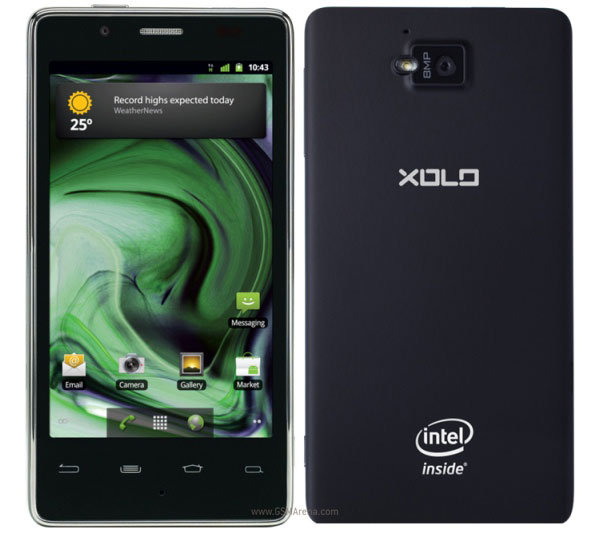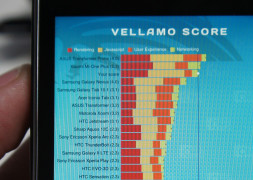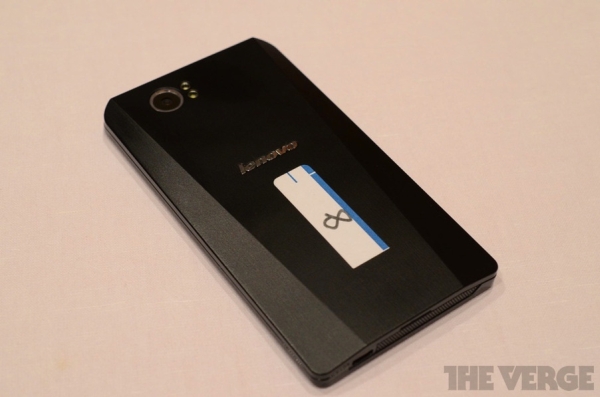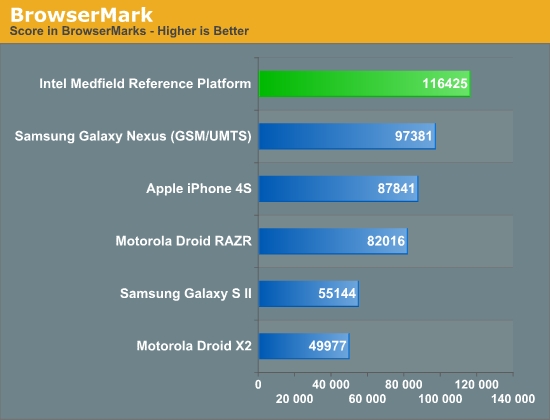Chinese tablet maker Ramos is preparing to launch one of the first Android tablets featuring an Intel Atom Z2460 Medfield processor. That’s a 1.6 GHz x86 processor with PowerVR SGX540 graphics, which so far we’ve only seen in smartphones, not tablets.
PandaWill is taking pre-orders for the Ramos W32 for $288 and expects it to ship in early January. A number of AliExpress sellers are also taking orders.
The Ramos W32 features a 10.1 inch, 1280 x 800 pixel IPS display with a 170 degree viewing angle (something that’s not always a given on Chinese tablets), 1GB of RAM, and 16GB of storage.
It runs Google Android 4.0 Ice Cream Sandwich… which is a little behind the times. But the tablet will still be one of the first devices with a Medfield processor to run anything newer than Android 2.3 Gingerbread.
The tablet has a 1.3MP front-facing camera, a 5-point capacitive touchscreen, 802.11n WiFi, a micro USB port, 3.5mm headset jack, and a microSD card slot.
It has a 5400mAh battery which is reportedly good for 6 to 7 hours of battery life.
The Ramos W32 measures 10.2″ 6.5″ x 0.37″ and weighs 1.2 pounds.
They seem to show a tablet with decent performance — while the Intel x86 processor is the tablet’s most unusual feature, odds are most people could pick up the Ramos W32 and use it without realizing it has an Intel chip instead of a mid-level ARM-based processor.




























